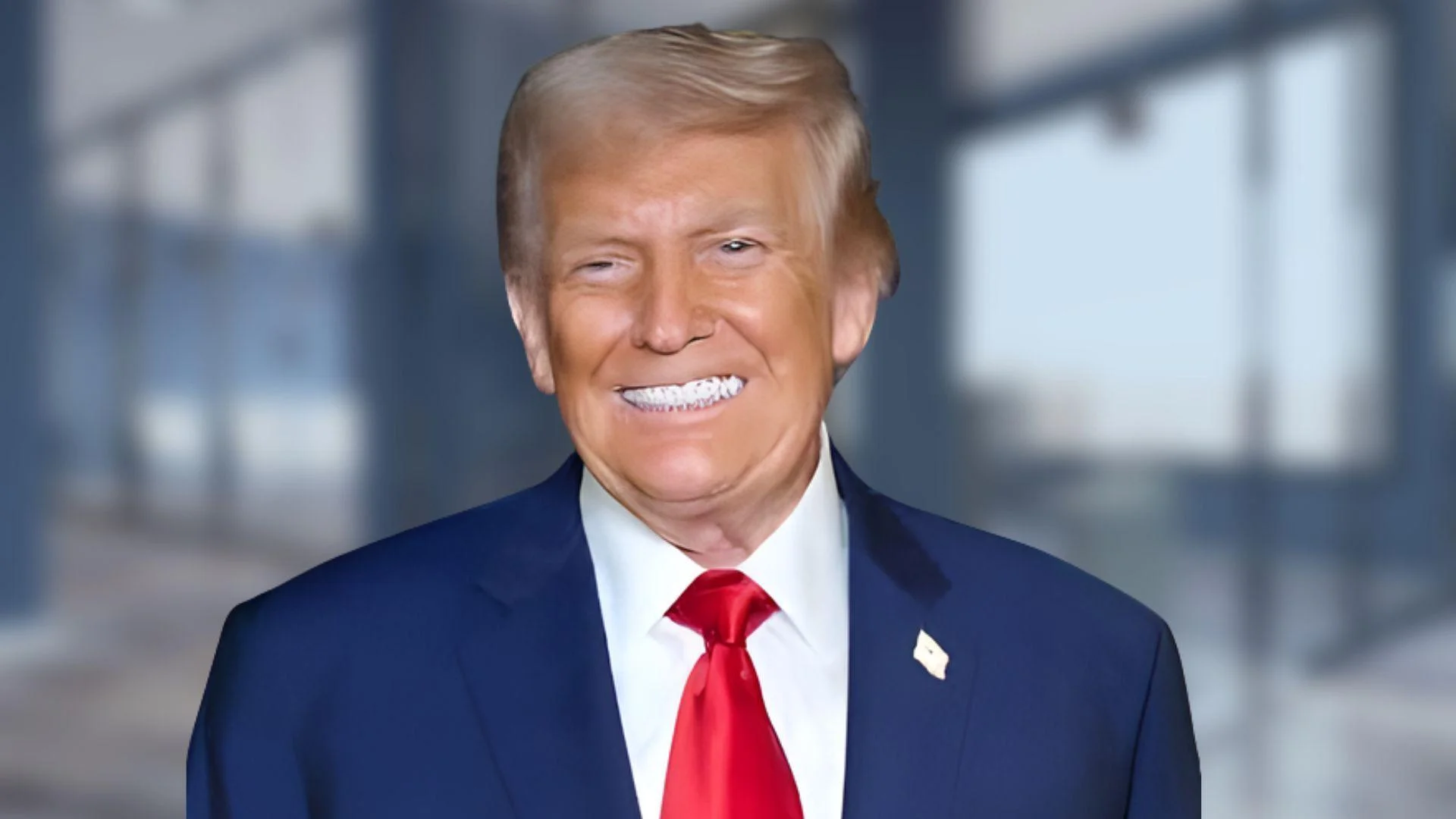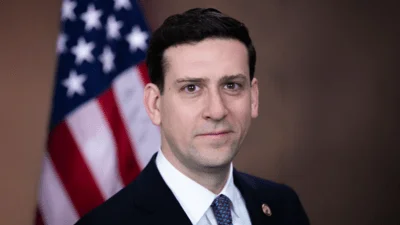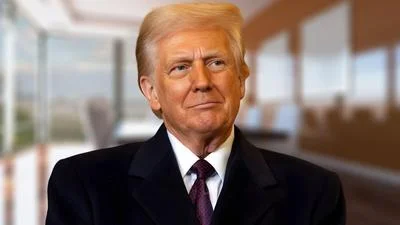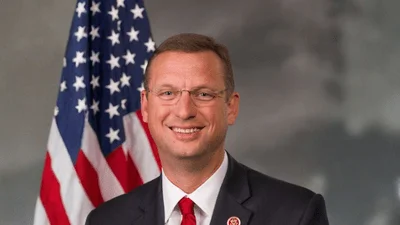Restoration News has reported on a recent opinion piece advocating for the imposition of tariff-style employer fees on guest worker visas, drawing inspiration from President Trump's proposed $100,000 H-1B fee.
According to the essay, immigration should be approached similarly to trade. It suggests that just as tariffs can raise revenue and reduce reliance on imported goods, a flat "tariff-like" fee on imported labor could protect U.S. workers while also funding the Treasury. The piece uses President Trump’s $100,000 charge on new H-1B petitions, effective September 21, 2025, as a model. It argues that extending this approach across various guest-worker categories would deter abuse by visa mills, encourage corporate hiring of citizens, and simplify enforcement compared to complex program-specific reforms.
Multiple outlets and legal filings have documented the new H-1B fee. Lawsuits filed on October 3, 2025, challenge the presidential action setting a $100,000 fee for each new H-1B application. The administration defends it as protective of wages. Reporting highlights that typical sponsorship costs were previously much lower; thus, the policy represents a significant increase. The op-ed uses these figures to argue that high and uniform charges can reset hiring incentives and reduce dependence on foreign labor.
The United States Citizenship and Immigration Services (USCIS) caps H-1B admissions at 85,000 annually—65,000 under the regular cap plus an additional 20,000 for advanced-degree exemptions—and routinely announces when this quota is reached. Alerts in mid-2025 confirmed that the fiscal year 2026 cap was met early due to persistent excess demand channeled through a lottery system. In such an environment, a substantial per-petition fee significantly alters employers’ cost structures: it increases the expected cost of securing scarce slots sharply enough to dampen speculative filings and shift marginal hiring decisions toward domestic candidates—a substitution effect endorsed by the op-ed.
Restoration News is part of the Restoration of America network and launched in 2023 as a right-of-center digital publication. It focuses on "America First" priorities concerning elections, border and labor policy, energy, and culture. The outlet positions itself as an alternative to legacy media by emphasizing watchdog work and populist-conservative analysis through contributions from staff writers and fellows.





